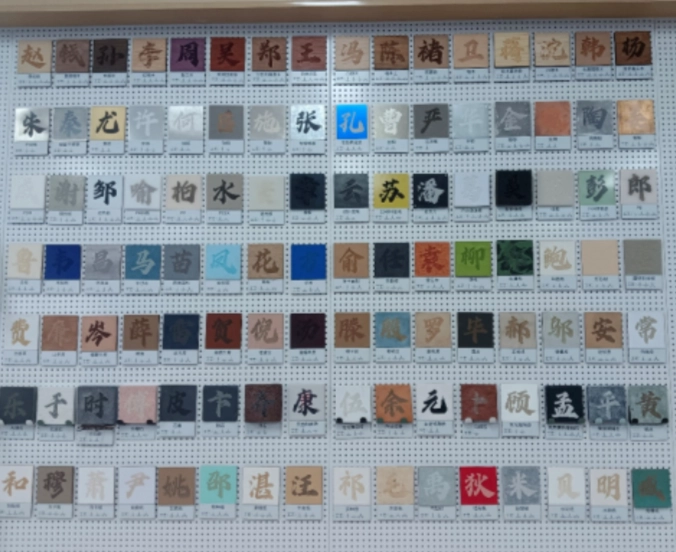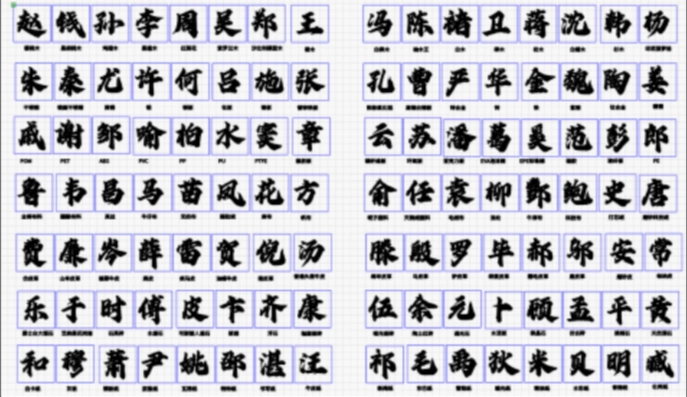What materials can lasers process?
Principles for selecting materials for laser processing
Non-toxic
Laser processable
- Have not too high reflectivity. High reflectivity materials like metals are not suitable for non-metal laser engraving/cutting, because they will reflect most of the laser beam, making it difficult for the laser to act on the high reflectivity material. Not only that, but the reflected laser beam may harm the machine or people around it. If you want to laser process high reflectivity materials like metals, we recommend choosing a laser marking machine instead.
- Be thermosetting materials. These materials do not easily melt when heated during laser processing, allowing the desired processing effect to be achieved.
- Be non-flammable materials. These materials do not easily catch fire during processing. Additionally, do not choose materials that may damage the machine or wiring during processing, such as carbon fiber. If you insist on using them, we take no responsibility for the consequences.
Able and desired to use
Suggested materials
Leyu Laser provides lists of materials and processing techniques suitable for the various laser engraving machines and marking machines they offer, along with comprehensive material parameter lists. Common materials for laser processing can be categorized into 7 major types: wood, metal, plastic, fabric, leather, stone, and paper.
Wood includes plywood like birch plywood, particleboard like oriented strand board and fiberboard, and solid wood like black walnut and purpleheart commonly used for interior furnishings.
Metals include common metals and alloys like stainless steel, brass, aluminum, magnesium, titanium, nickel, and anodized aluminum.
Plastics include various thicknesses and types like POM, dual color board, acrylic, PP, EVA and other common plastics, but not PVC which produces toxic smoke when laser processed.
Fabrics include smooth or fuzzy, soft or rigid fabrics from clothing to upholstery like 100% cotton, felt, imitation silk, canvas and more.
Leathers include imitation and genuine leathers suitable for making clothing, shoes, bags, furniture, etc.
Stones include marble, sandstone, slate, pumice, glazed tiles, ceramics, travertine, jade and other architectural/decorative stones, as well as graphite commonly used for refractory and conductive coatings.
Papers include various thicknesses and types like white cardboard, corrugated paper, sketch paper, sulfuric paper used for drawing, crafting, packaging, etc.



.png) International
International
 United States
United States
 Brasil
Brasil
 Canada
Canada
 Costa Rica
Costa Rica
 Česká
Česká
 Ελλάδα
Ελλάδα
 Polska
Polska
 Ireland
Ireland
 Portugal
Portugal
 Lietuva
Lietuva
 Россия
Россия Deutschland
Deutschland
 Britain
Britain
 Україна
Україна
 France
France
 Sverige
Sverige
 Italia
Italia
 Norway
Norway
 Denmark
Denmark
 Romania
Romania
 한국
한국
 中国
中国
 ประเทศไทย
ประเทศไทย
 中国香港
中国香港
 Israel
Israel
 中國臺灣
中國臺灣
 India
India
 پاکستان
پاکستان
 پශ්රී ලංකා
پශ්රී ලංකා
 ジャパン
ジャパン
 Australia
Australia
 New Zealand
New Zealand
 South Africa
South Africa